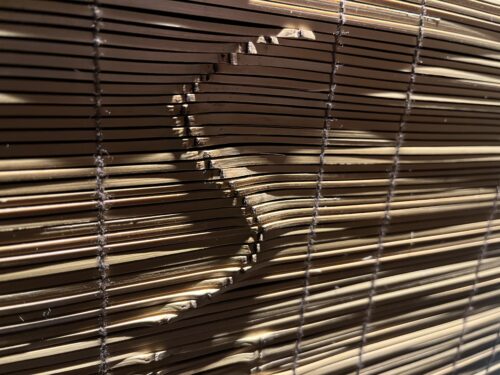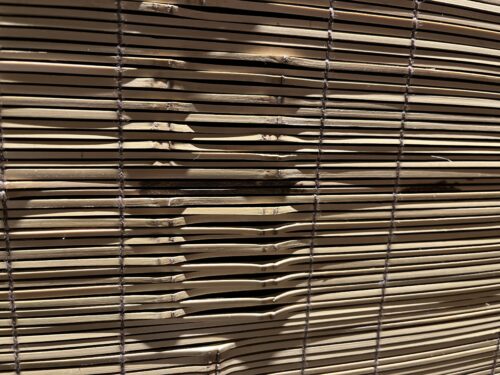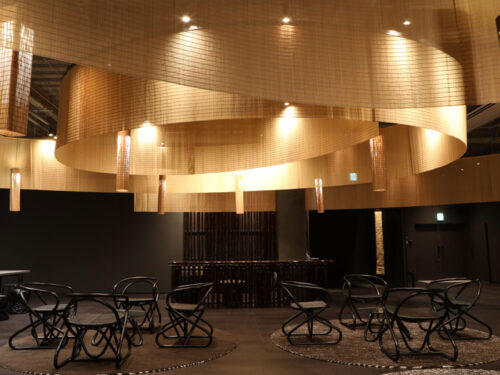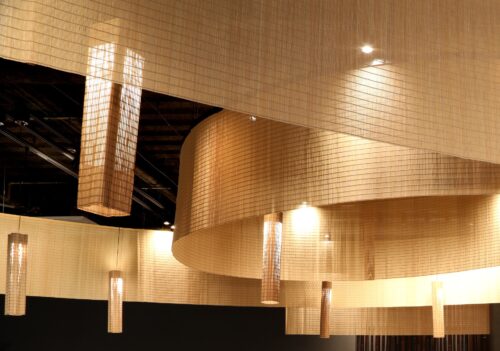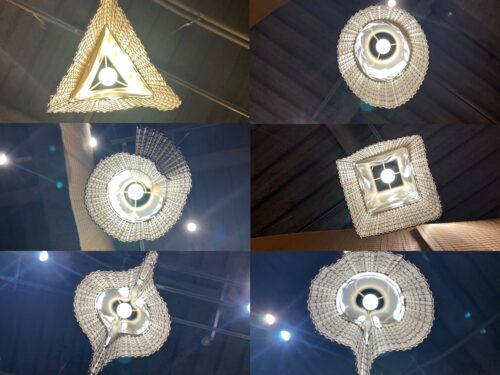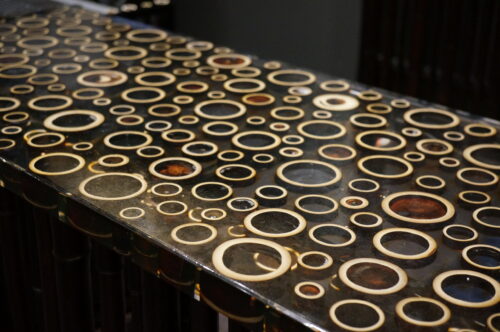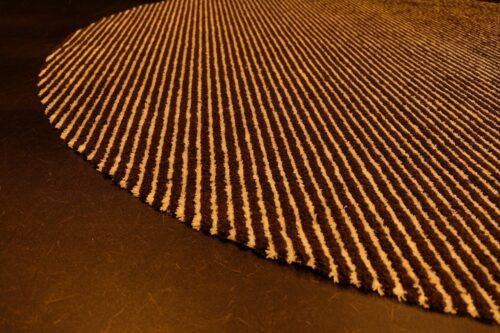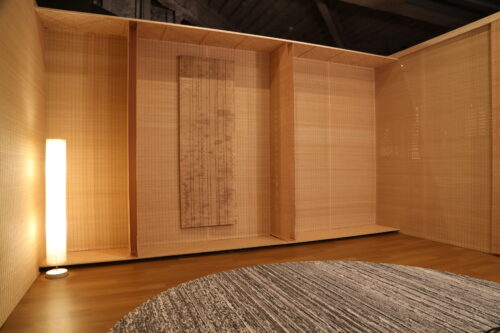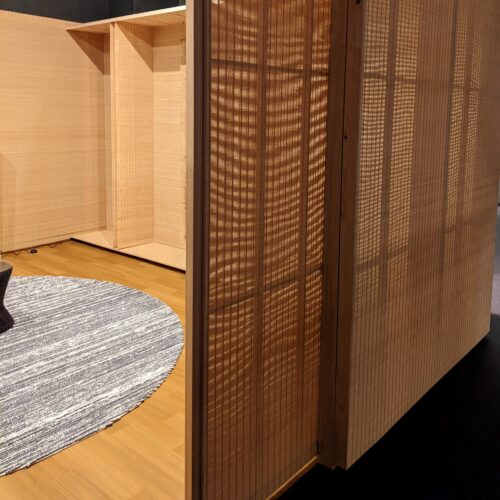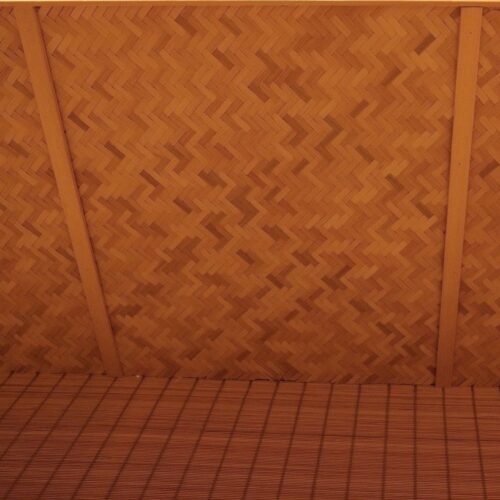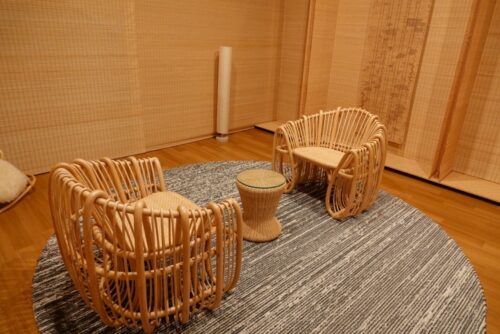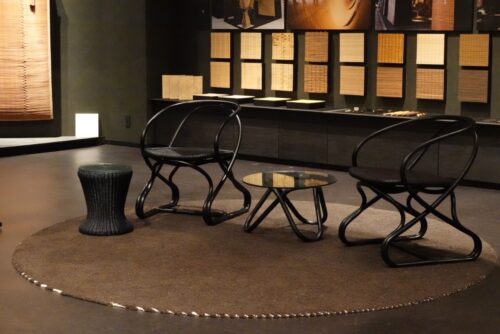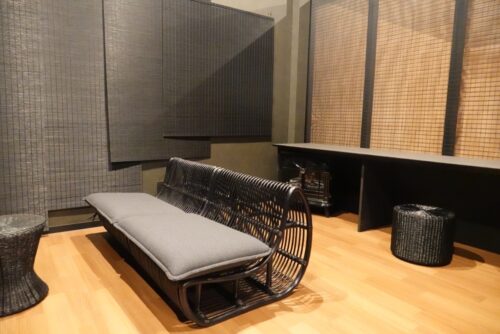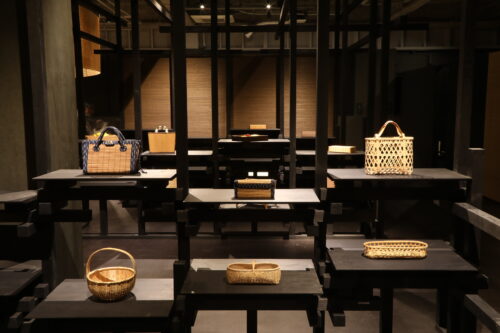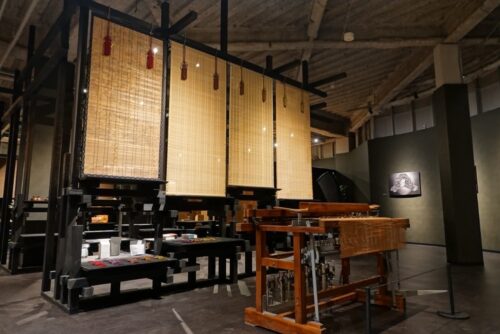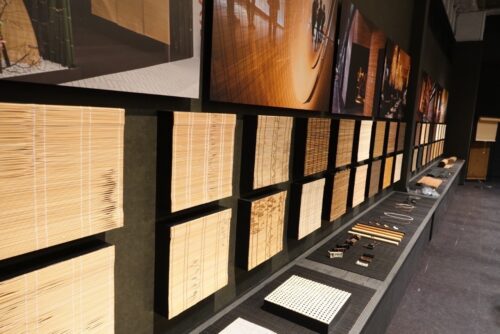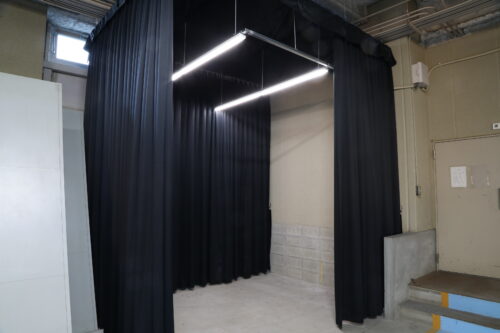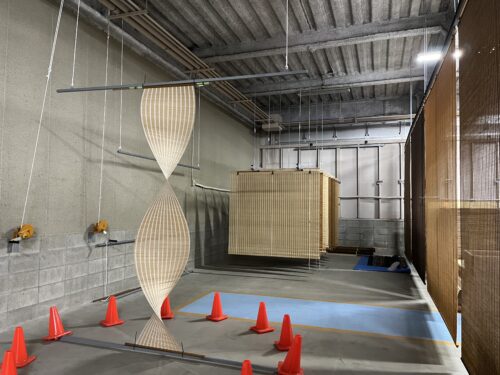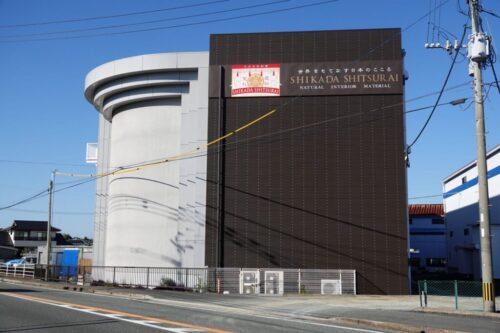As the year comes to a close, we would like to express our gratitude for your continued support. Shikada Sangyo will be closed for the year-end holidays from December 29th, 2023, to January 4th, 2024. During this time, our team will be taking a well-deserved break to spend time with loved ones and recharge for the new year.
We appreciate your understanding, and we look forward to serving you with renewed energy and commitment in 2024. Thank you for choosing Shikada Sangyo, and we wish you a joyful holiday season and a prosperous New Year! 🎅🎁🥂


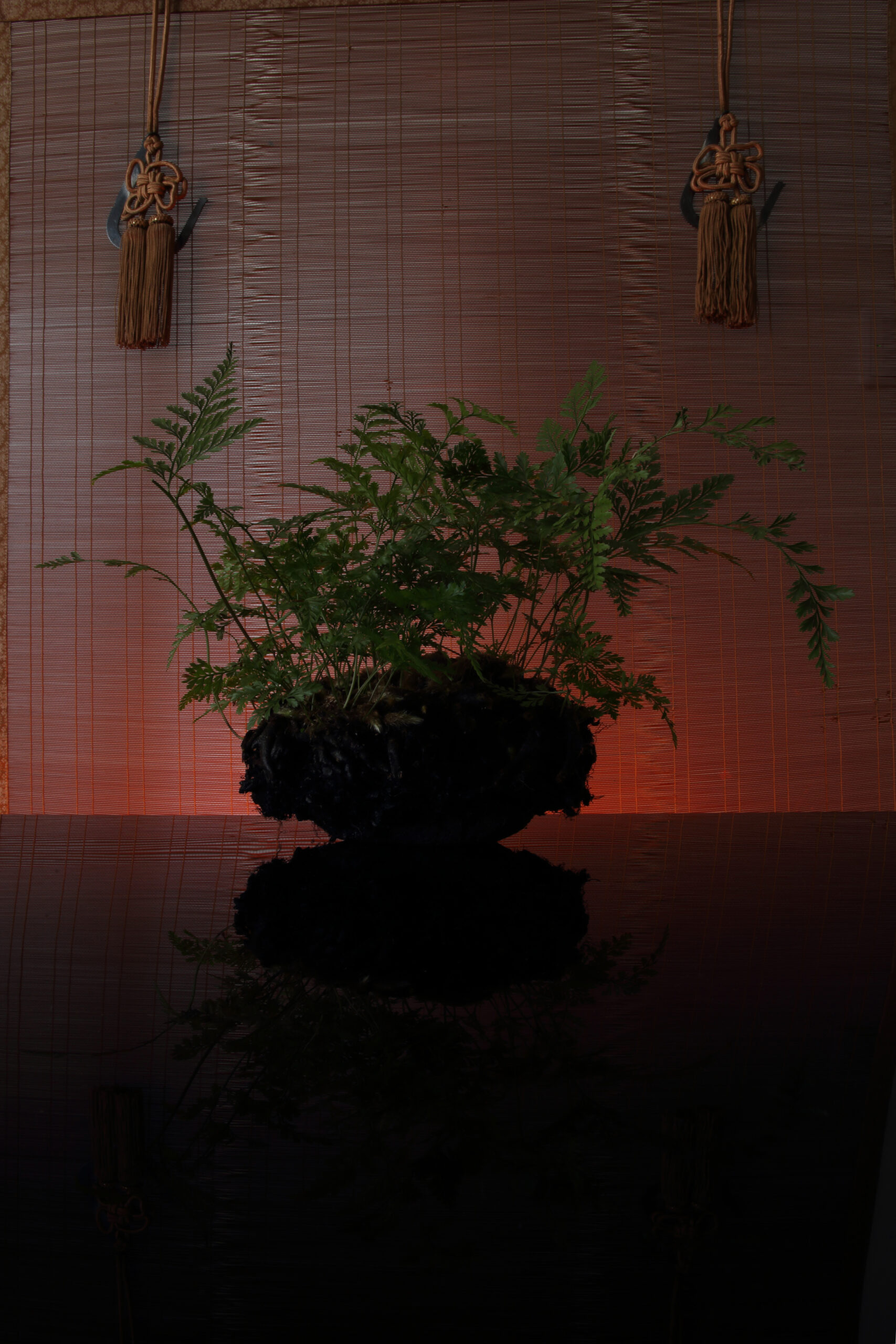
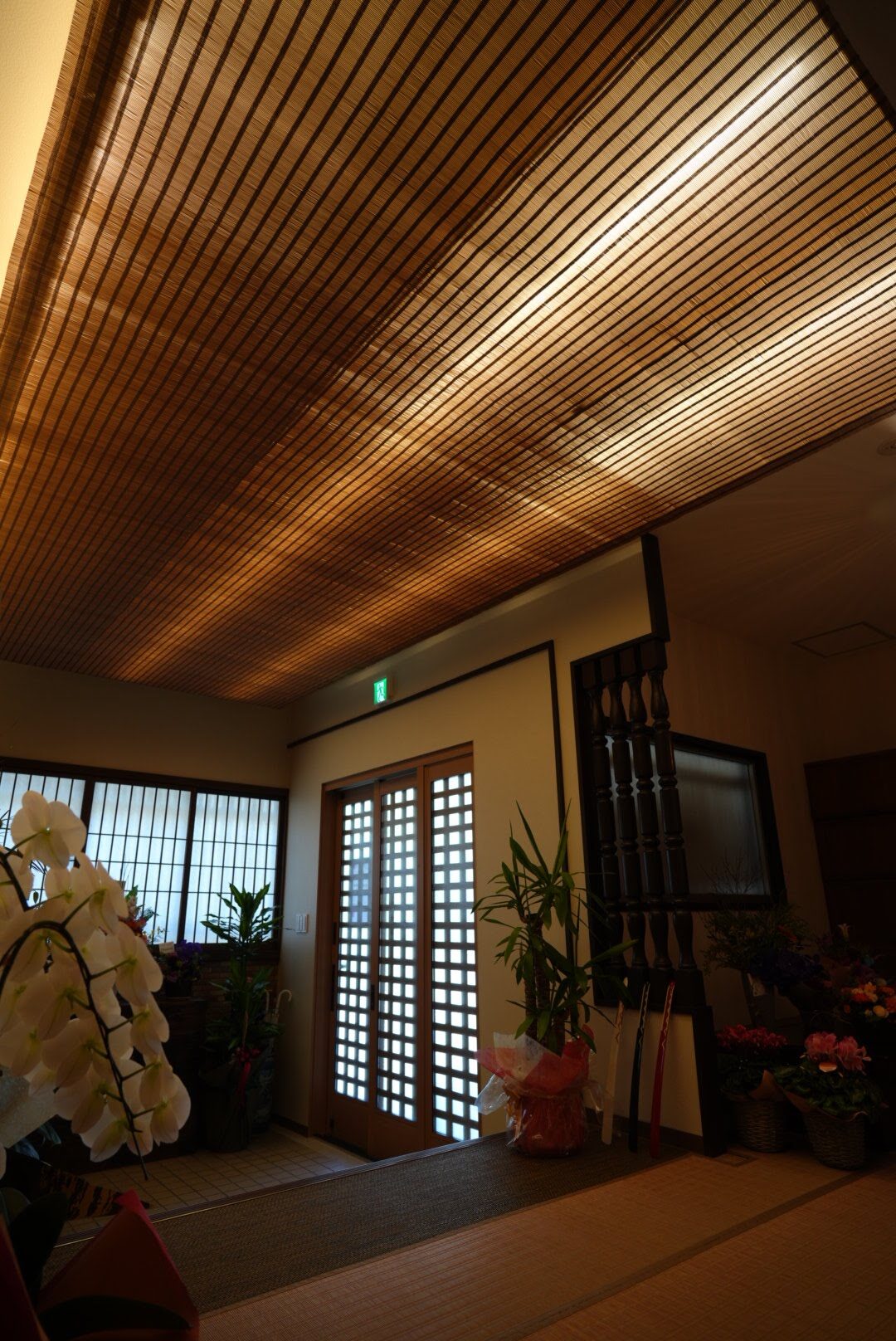
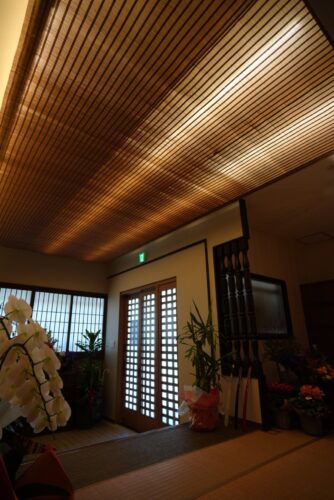
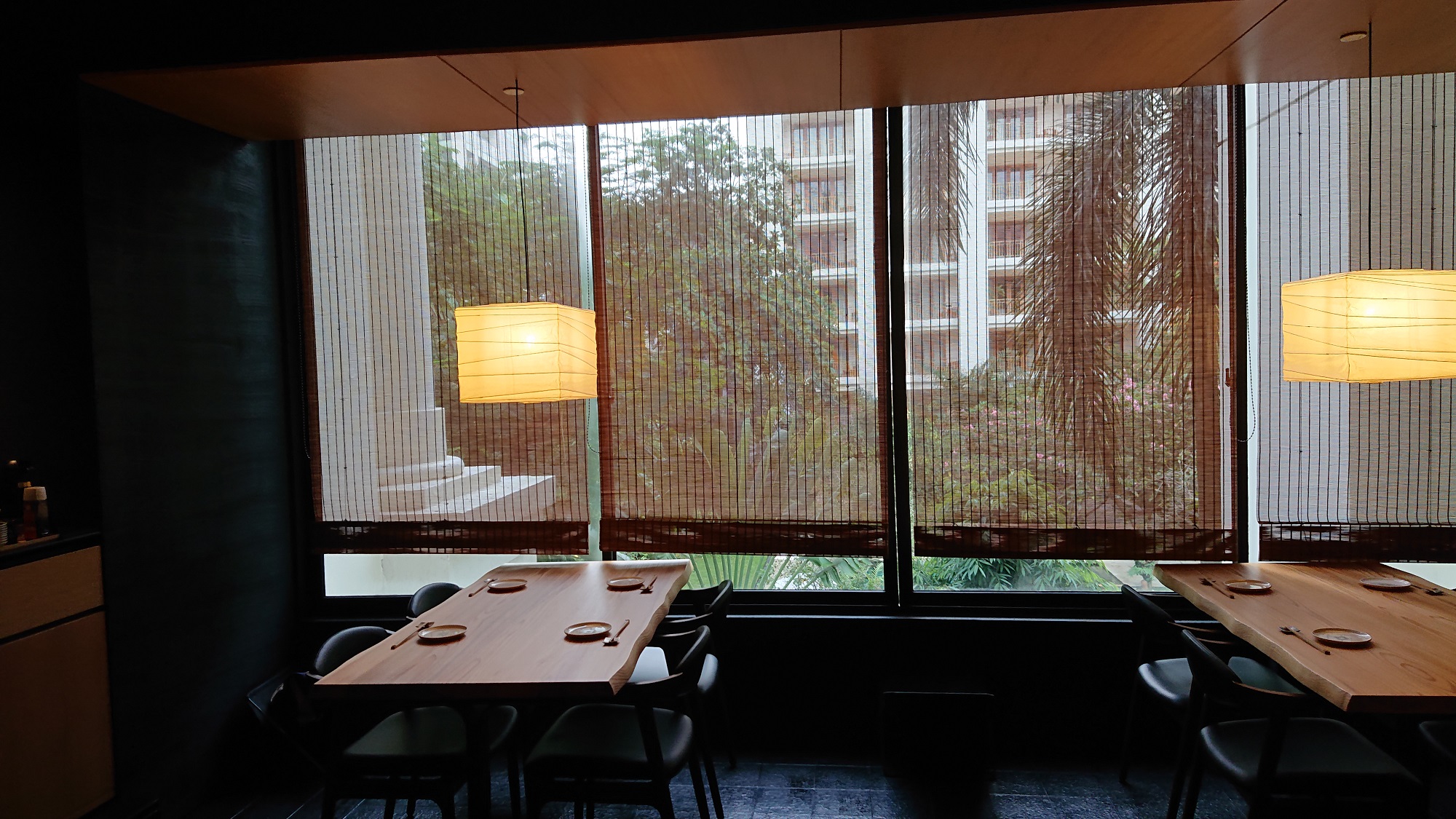
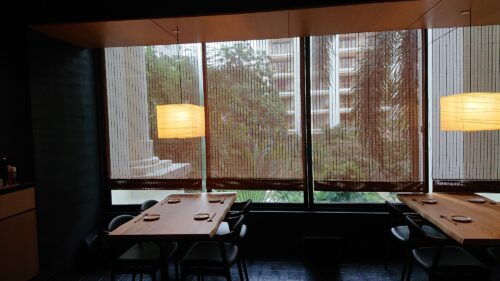
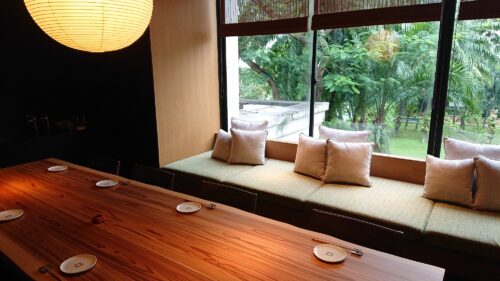
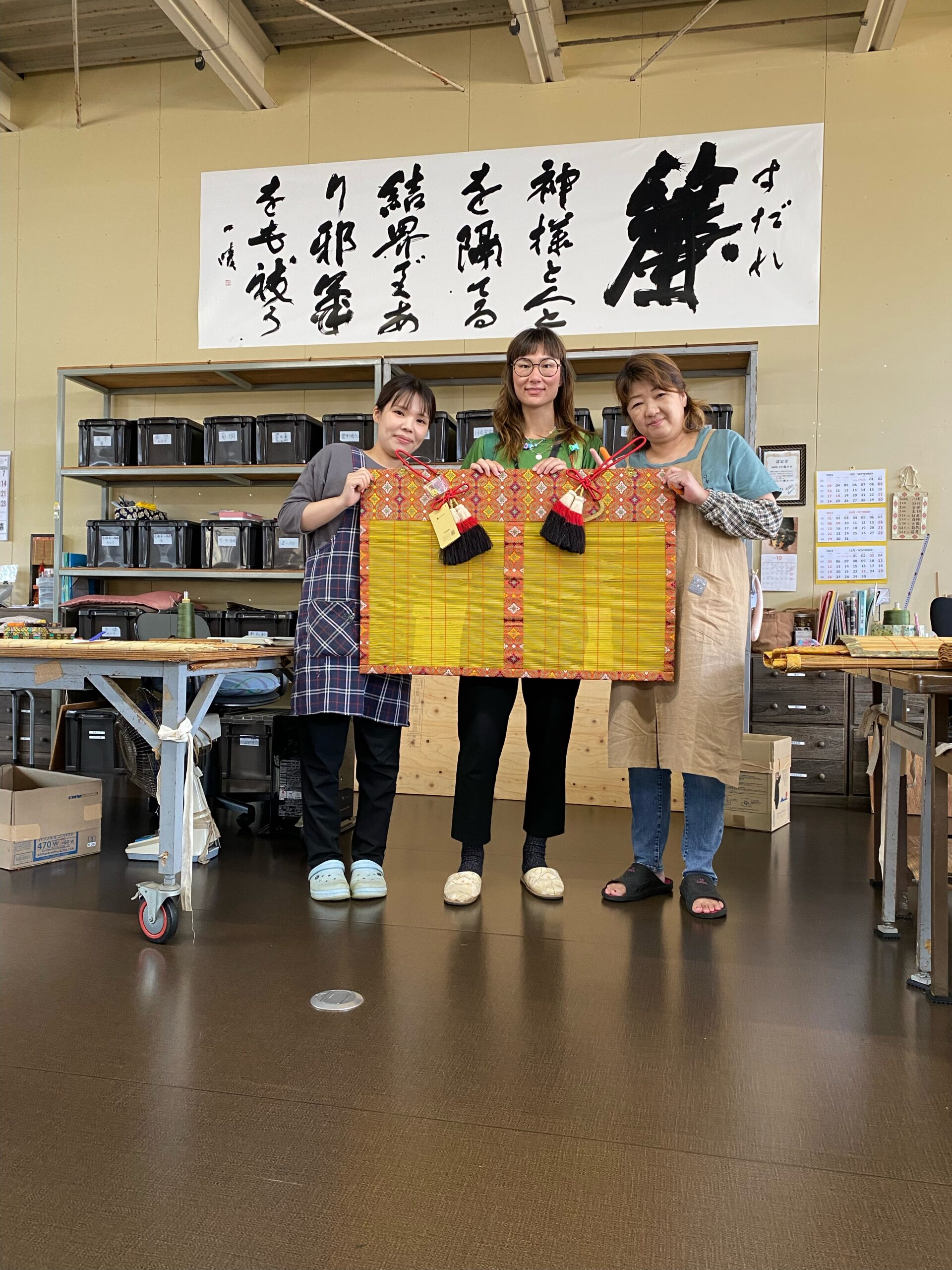
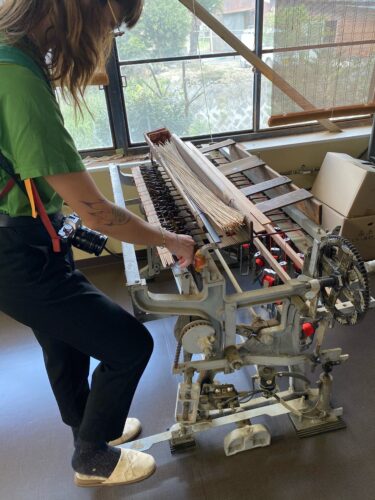
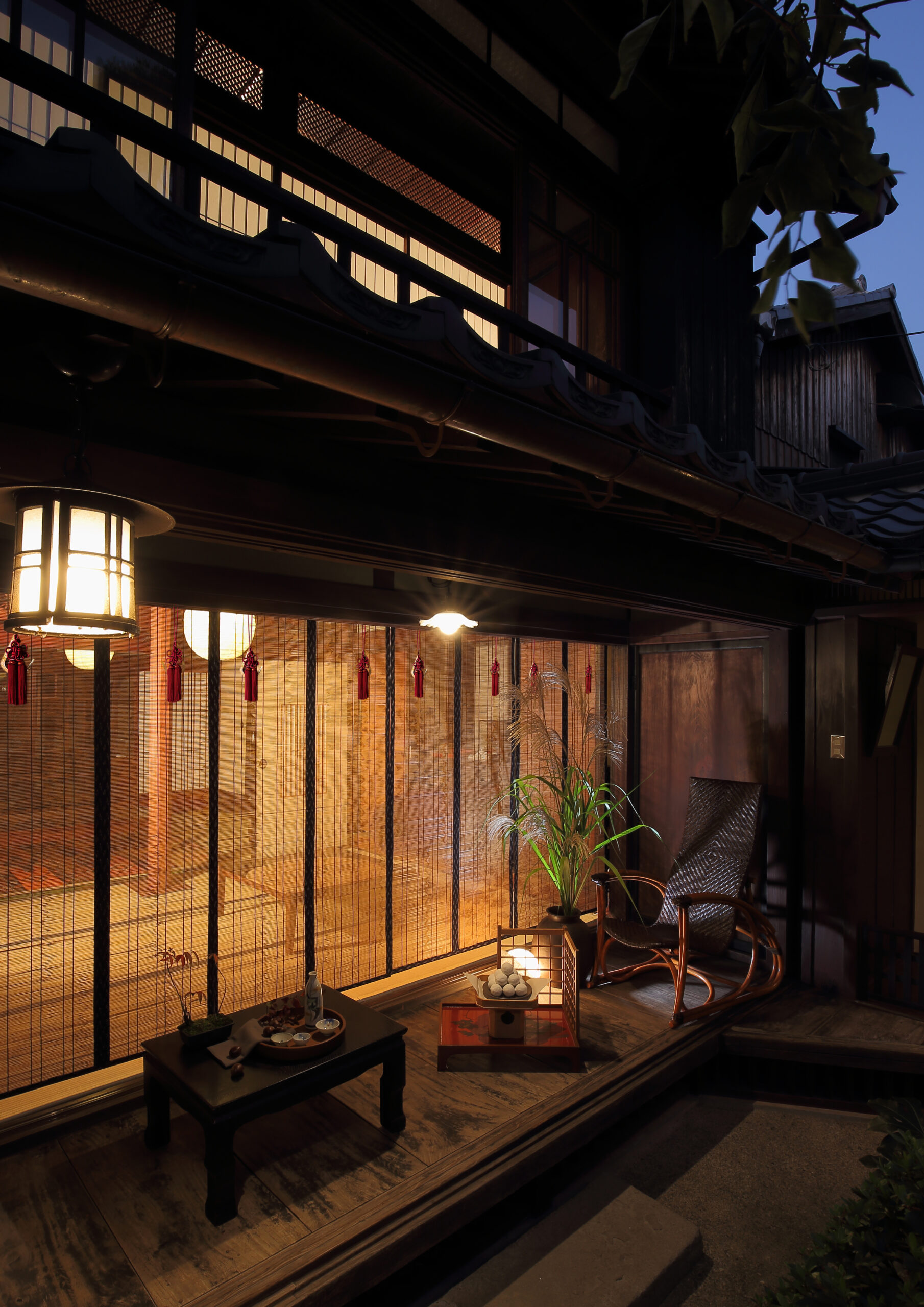
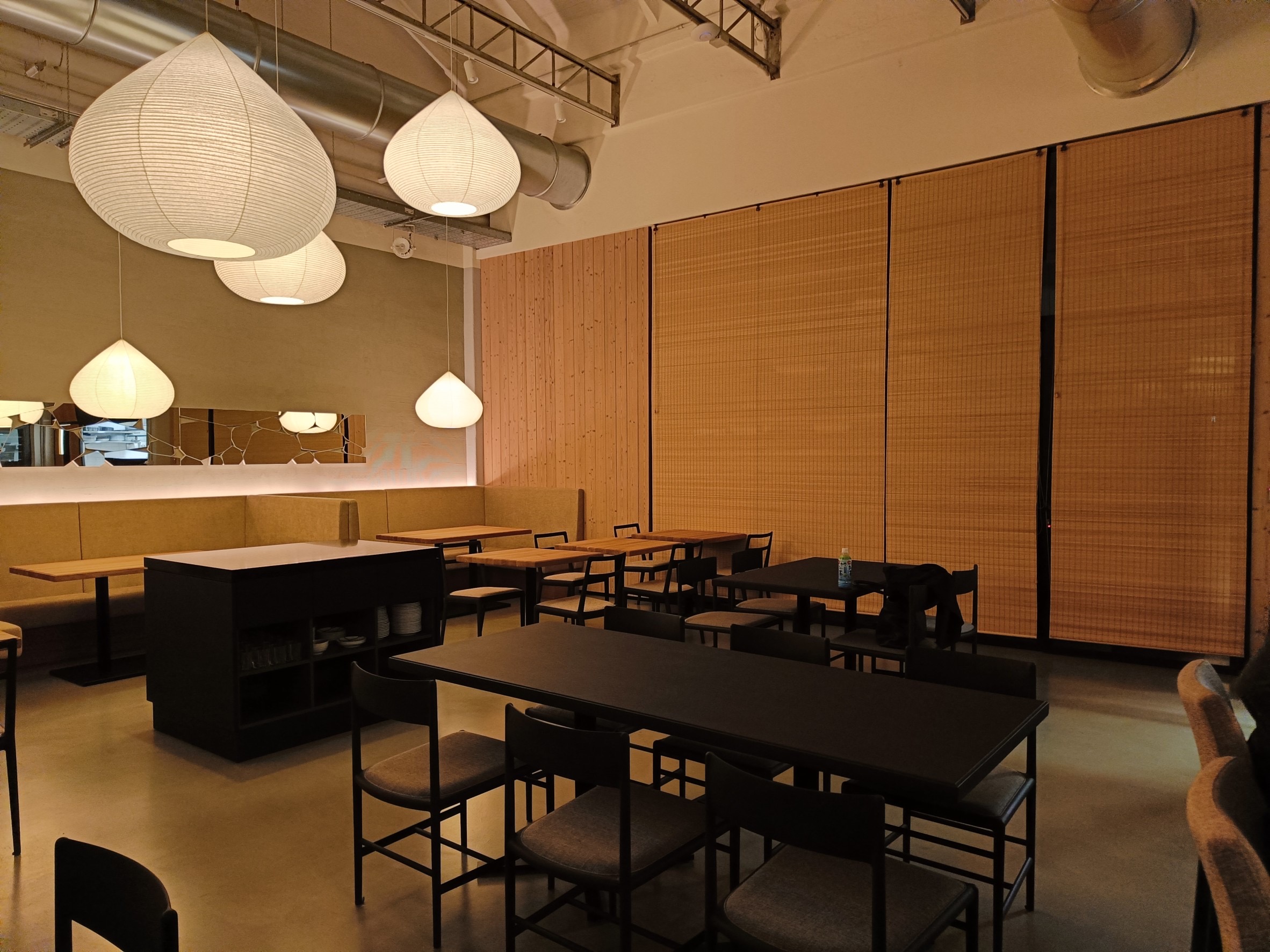
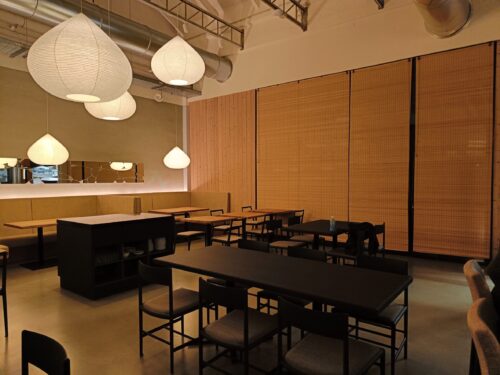

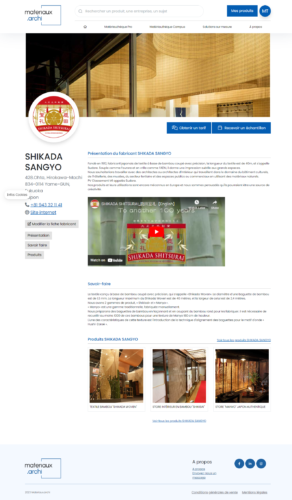
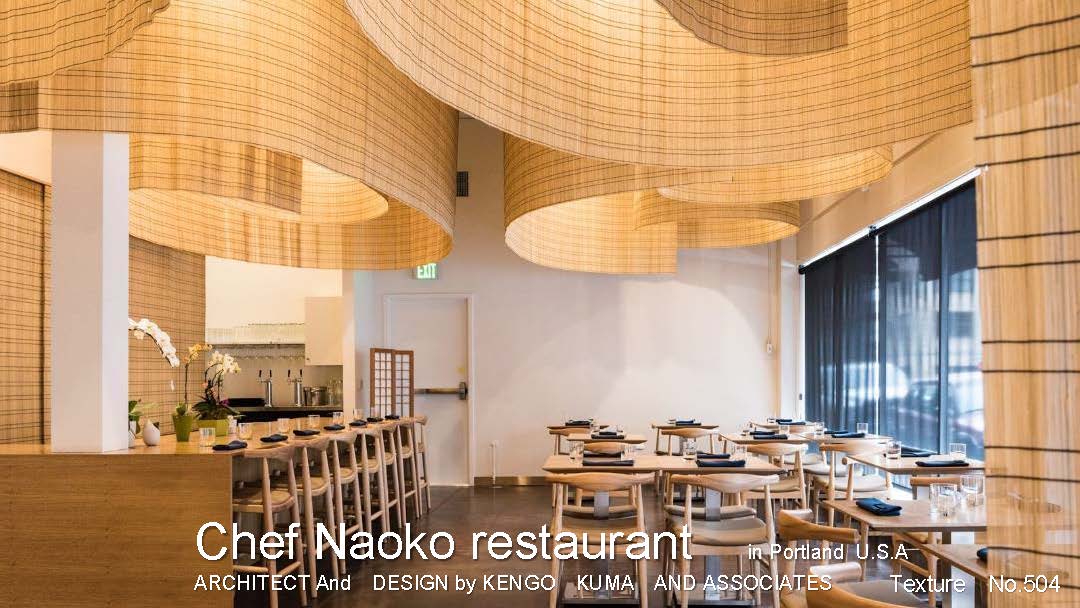
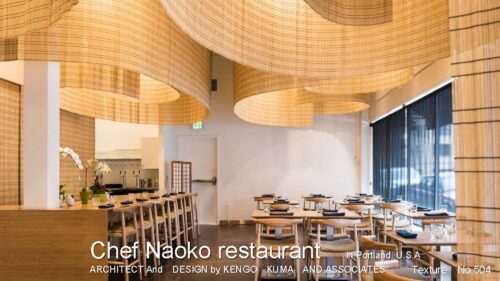
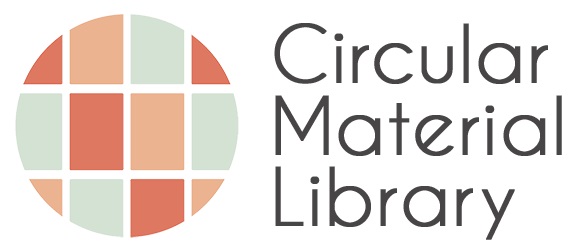
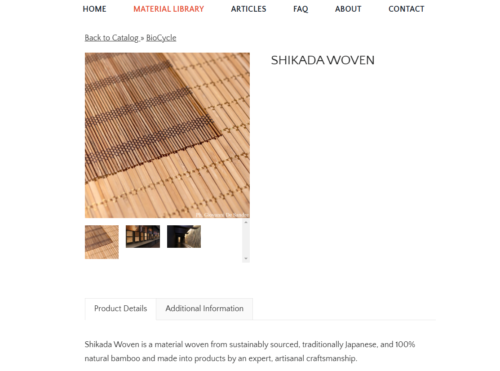
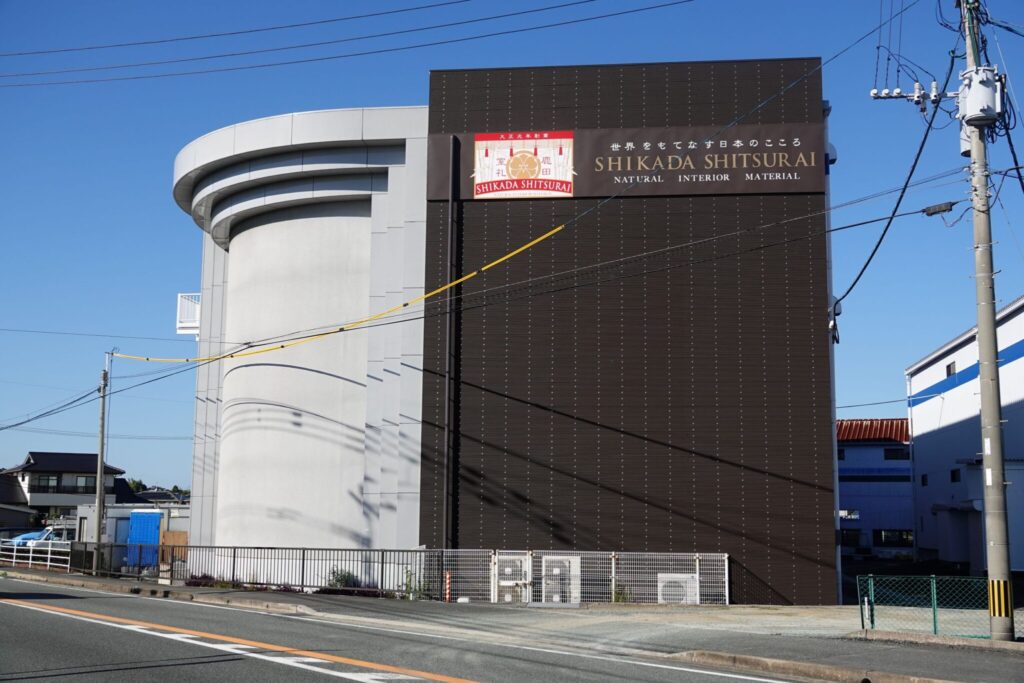
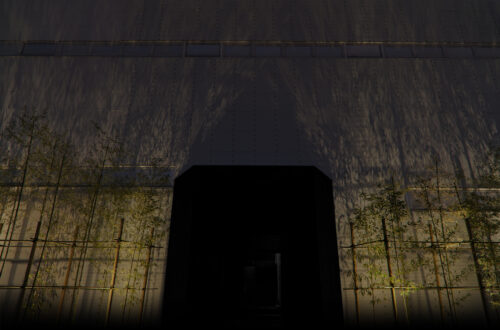
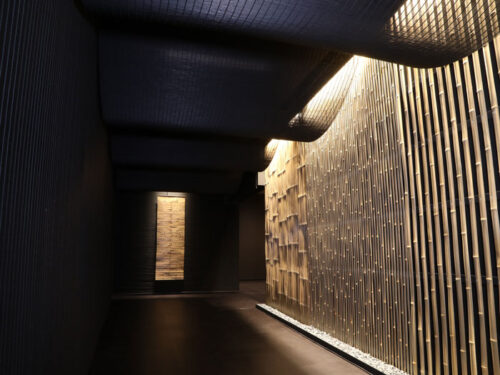
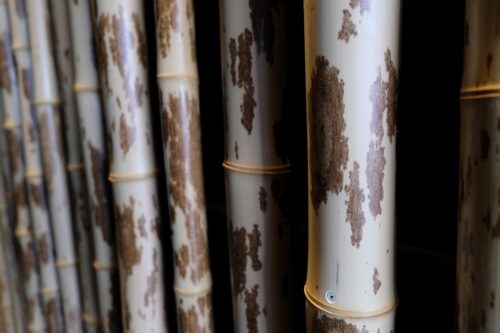
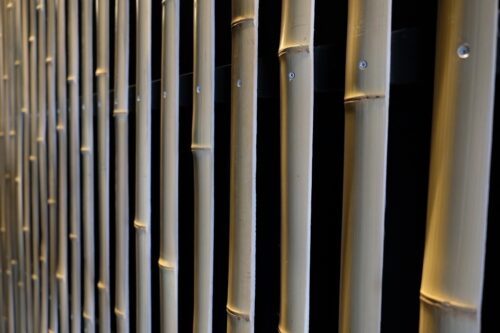
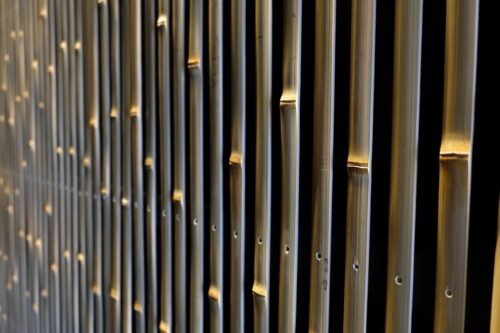
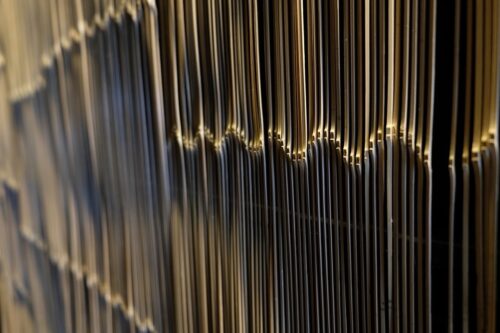
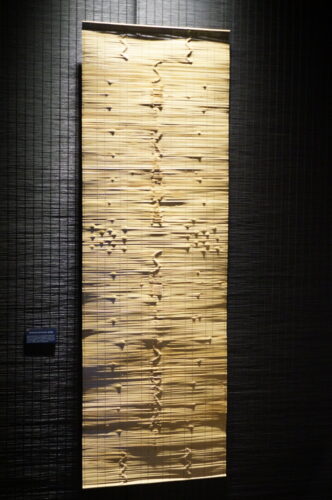 At the far end of the entrance, there is a bamboo screen with the words “SHIKADA SHITSURAI” drawn on it by combining two types of bamboo and aligning the protruding parts of the bamboo joints. The character screen was never thought to be expressed in the conventional way, but this is a highly skilled product made possible by mixing the patterns of the unmon bamboo and the alignment of the bamboo joints. It is the culmination of our craftsmen’s skills.
At the far end of the entrance, there is a bamboo screen with the words “SHIKADA SHITSURAI” drawn on it by combining two types of bamboo and aligning the protruding parts of the bamboo joints. The character screen was never thought to be expressed in the conventional way, but this is a highly skilled product made possible by mixing the patterns of the unmon bamboo and the alignment of the bamboo joints. It is the culmination of our craftsmen’s skills.